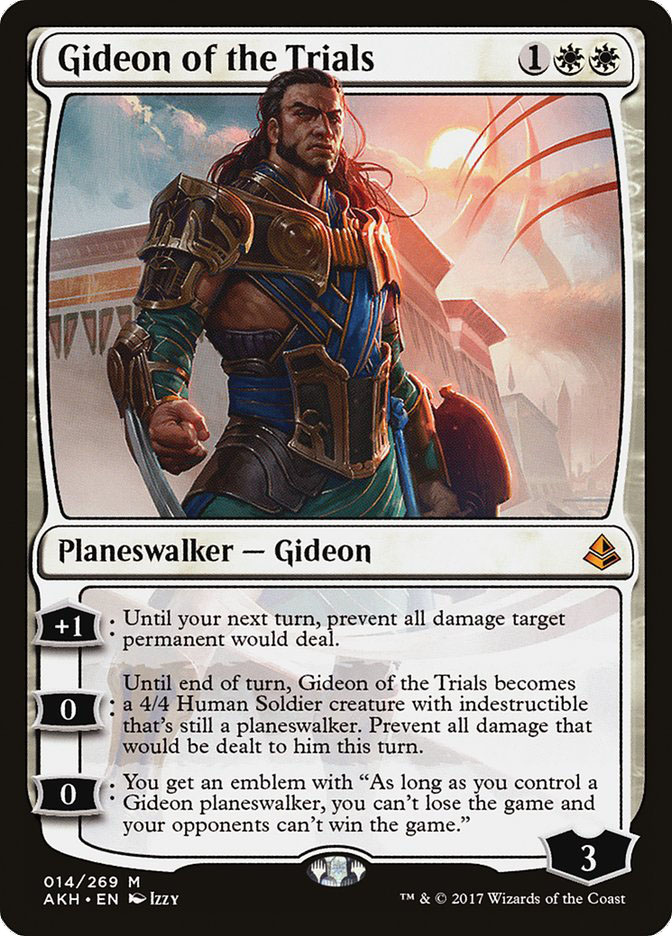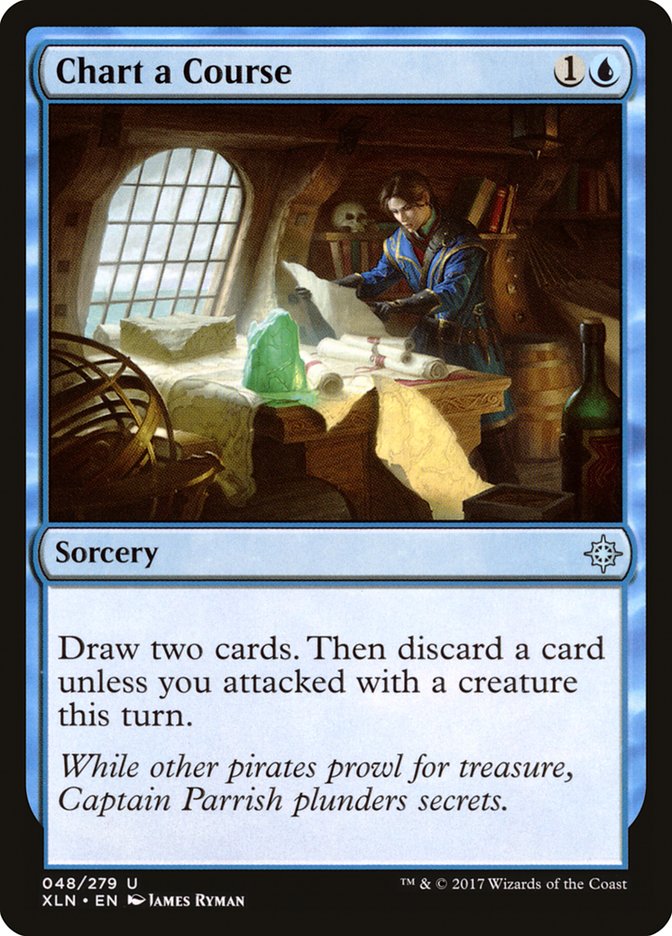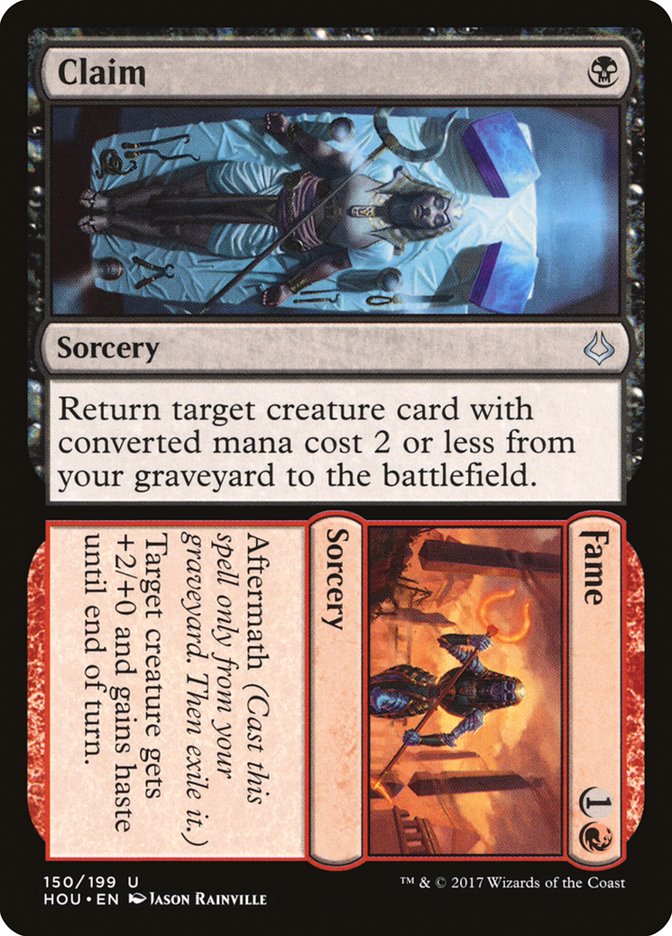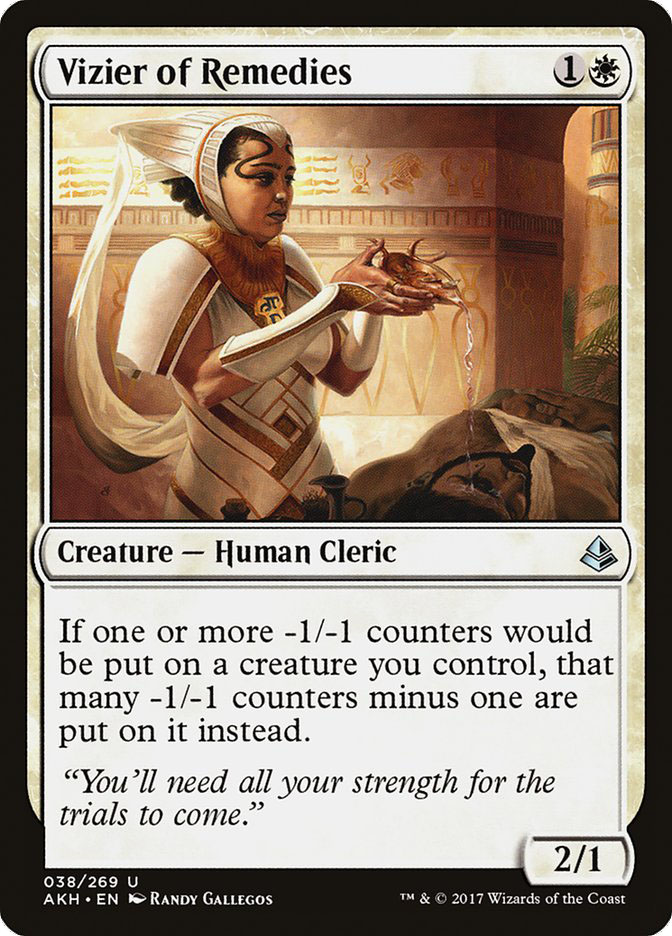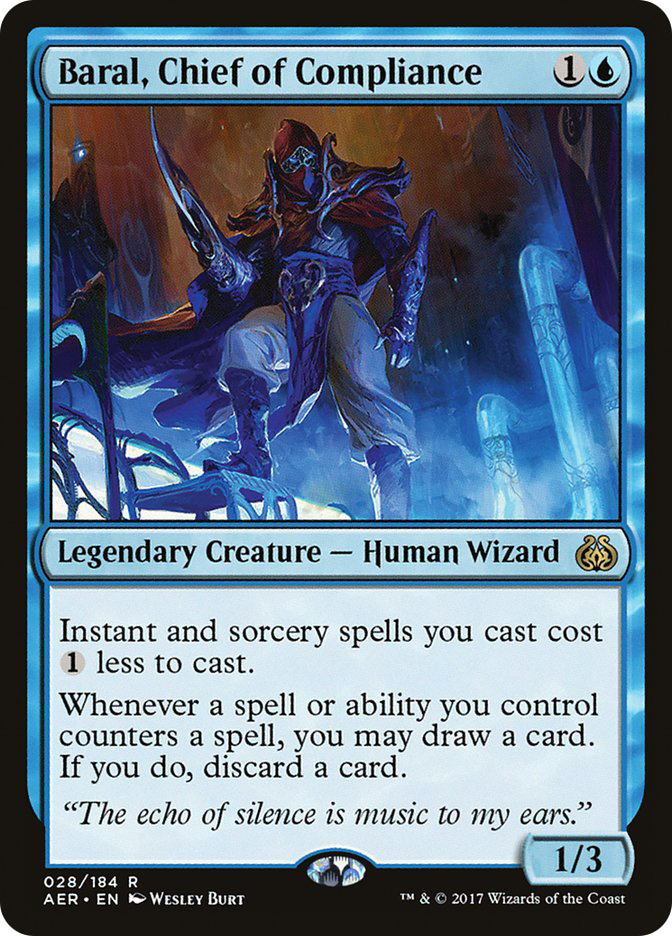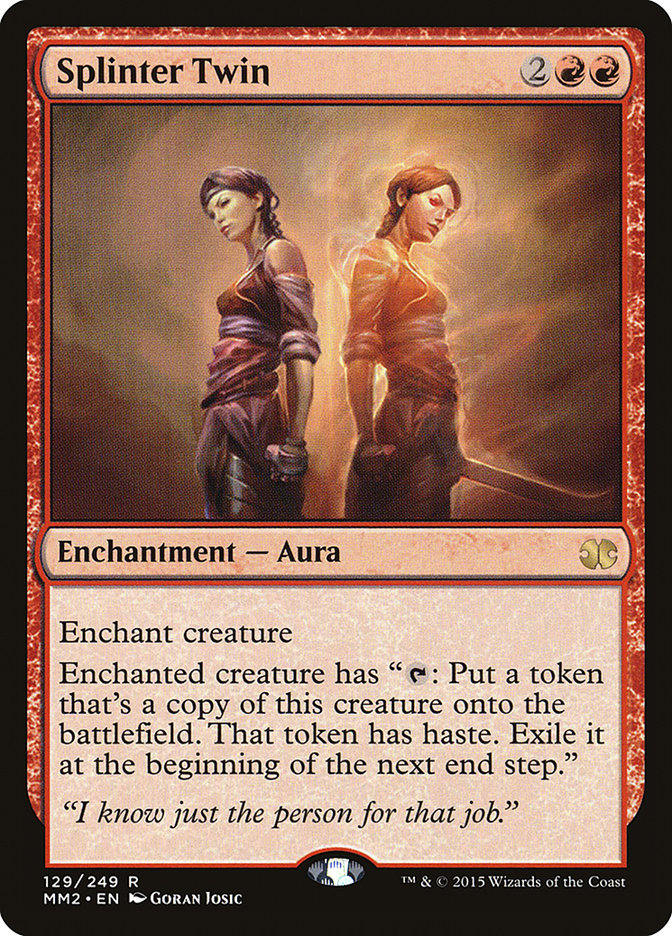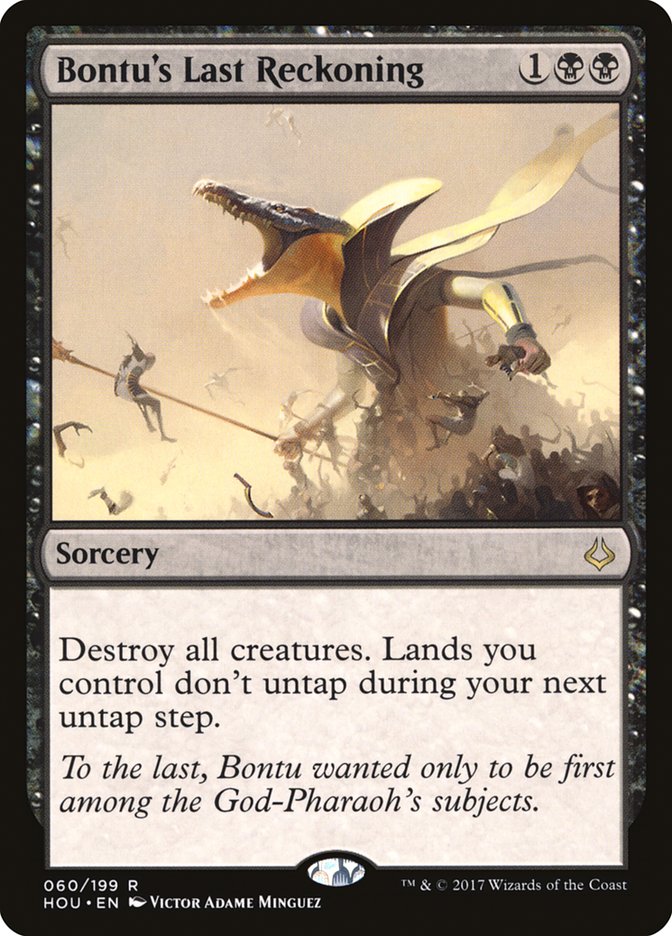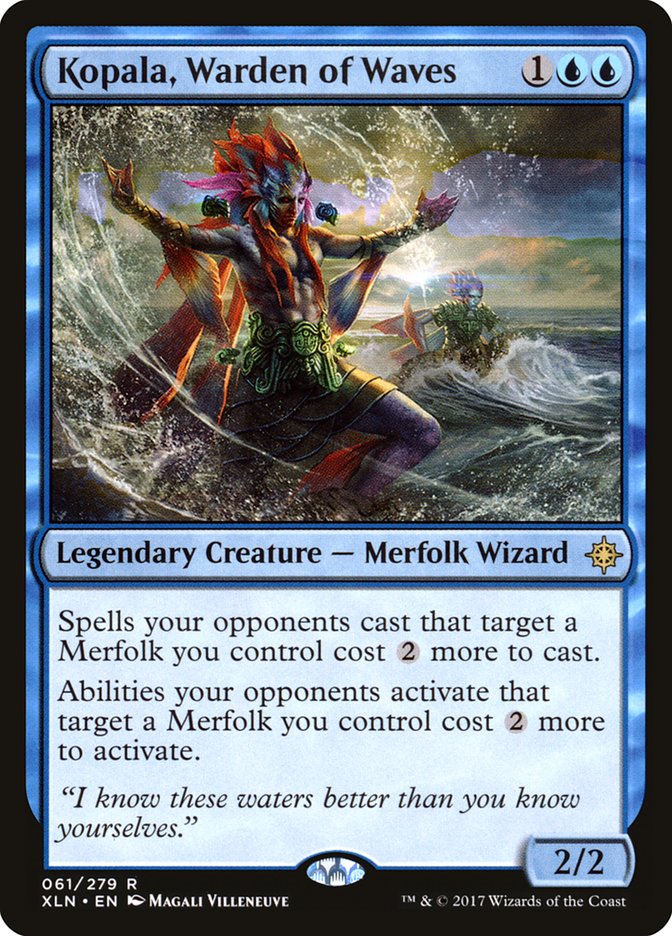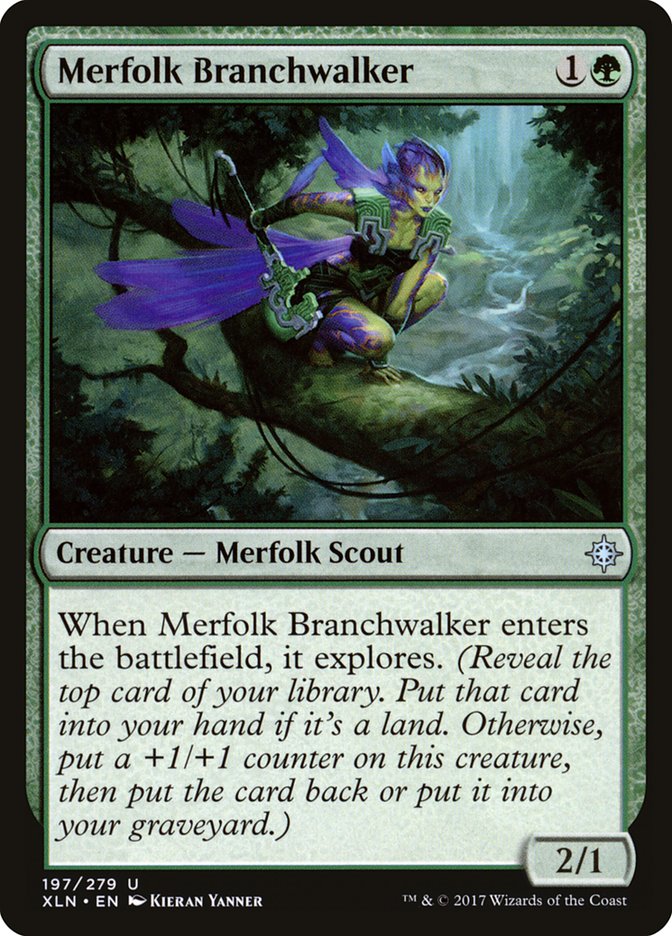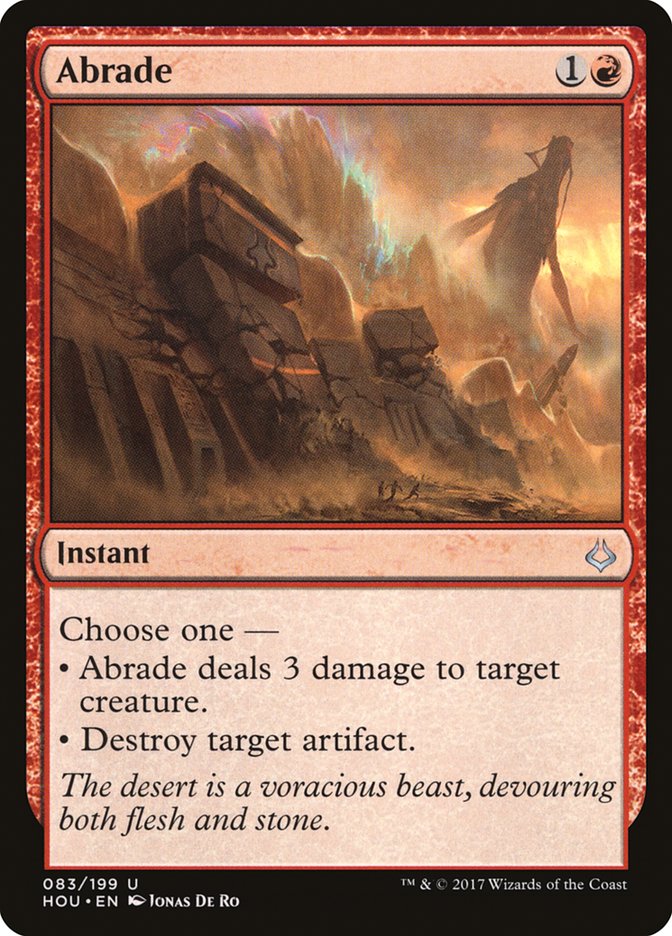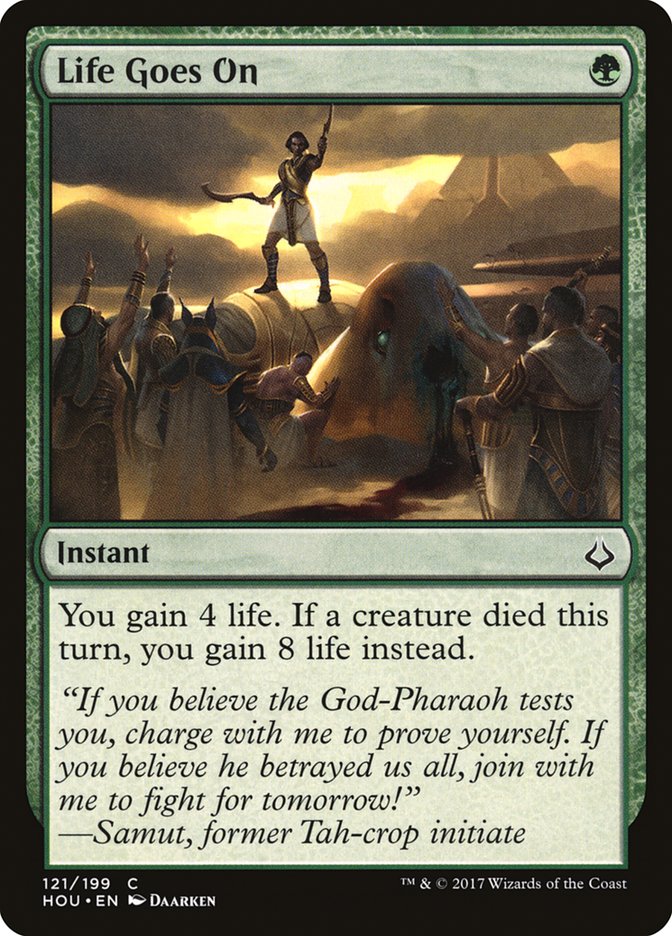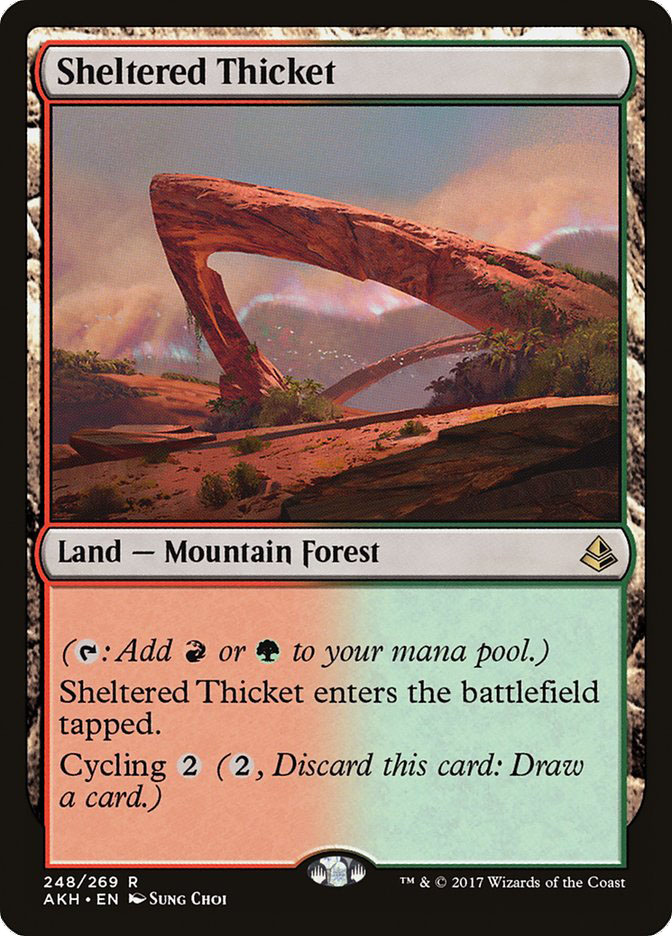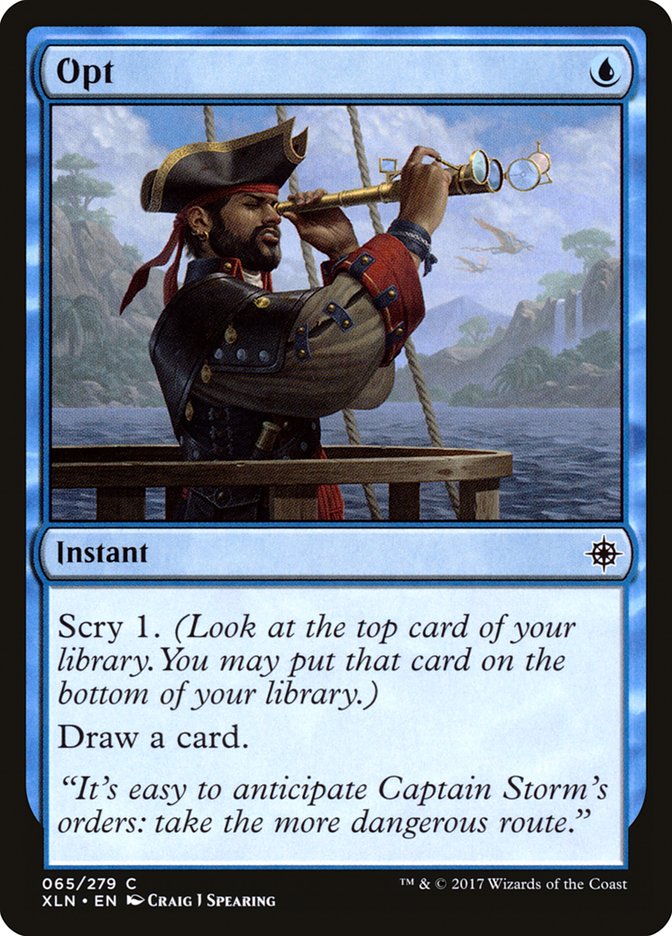Imitation is the most sincere form of flattery. Every few set releases, StarCityGames.com’s own Ari Lax does a mock “awards show” for the cards in the set. There’s a bit of humor, a few jabs, and a bit of humor sprinkled into honest-to-goodness strategy.
Eternal formats, particularly Modern, end up getting a bit left out of the hubbub; what with their larger card pools and higher power levels, it’s harder to really find enough cards in a single set to warrant such an event. In the spirit of Modern’s Eternal format status, looking at a much broader range of dates seems more fitting. Without further ado, The 2017 Modern Awards Show:
The “Geist of Saint Traft: Unbeatable On-Curve, Unplayable Off-” Award
Runner-Up:
Search for Azcanta is basically this year’s Wall of Omens. If a control deck has it on the play, it’s hard not to feel like you’re so far behind that you won’t be able to fight through everything the deck has access to before you’re ground out. Search for Azcanta provides filtering early, which is particularly crucial with decks that can fight on axes as far apart as those of Storm and Five-Color Humans. Later in the game, it does something very similar to Sphinx’s Revelation, burying the opponent in cards and securing the sleeper hold.
Unfortunately, folding to later graveyard removal and being a stone-cold blank in the mid- to late-game can make this card embarrassing. The quick turnout makes it less likely to be embarrassing but asks more in deck construction of its controller, like “playing the game of Magic for a few turns.”
Winner:
U/W Control having a Gideon of the Trials on the play is an absolute nightmare. On top of being able to protect himself, he can create play patterns resembling a tempo deck out of a deck generally designed to play reactively.
On the other hand, Gideon can be really awkward on certain battlefields. Imagine an opponent with two creatures on the table, for example. Not such a great place to be a Gideon of the Trials.
The “Skaab Ruinator: Expected to Define a Format, but Where Are They Now?” Award
Runner-Up:
Upon its preview, the internet was abuzz with uses for Chart a Course. A two-mana draw-two is nice, particularly in formats that have aggressive decks with blue. Everything from Affinity to Delver decks was projected to make use of Captain Parrish’s courses…until people remembered that Snapcaster Mage was a better source of card advantage for Delver decks and Affinity could do the same thing for a single mana.
Winner:
Claim // Fame was exactly the card that Grixis Death’s Shadow needed to push itself over the top to the coveted “Tier 0” status. Nothing would be able to beat Death’s Shadow when it could just reanimate its namesake or generate free cards via rebought Snapcaster Mages.
There was just one problem, Claim // Fame ends up being incredibly awkward in games where Death’s Shadow struggles, rooted in the threats that Death’s Shadow plays:
The games where Death’s Shadow struggles tend to involve not drawing a copy of Death’s Shadow or having the deck’s graveyard engine stymied by hate. Claim // Fame suffers on both of these axes, and fits it in an awkward win-more spot…except that in games where one would want to win more, their Death’s Shadows probably aren’t dying.
So where is Claim // Fame consistently good, again?
The “Combo Revival” Award
Runner-Up:
Upon the printing of Vizier of Remedies last spring, we saw a resurgence of Abzan Company, now titled “Counters Company.” The redundancy of the deck and ease of finding ways to spend arbitrarily large amounts of green mana pushed the variant to the front of Collected Company shells.
Until people remembered how to beat a pile of creatures and Kitchen Finks.
Winner:
Who’d have thought that having access to Goblin Electromancers five through eight would put Storm from fringe-playable to Tier 1? The biggest reason that Baral, Chief of Compliance is such an upgrade over Pyromancer Ascension is that it gives the deck what I call the “Splinter Twin Effect.”
A large portion of why Splinter Twin was so popular was that it forced the opponent into a position where they couldn’t ever tap out for fear of dying. Oh, you cast Primeval Titan on the fourth turn?
Deceiver Exarch. Untap. Twin. Thanks for playing.
This leads to players playing with a few mana up each turn and having to give the combo player far more time to develop than they have any business being afforded. In other words, because people playing against the combo don’t have the luxury of full information, they never know if it’s safe to tap out. Eventually them never tapping out leads to a point where the combo deck can fight through hate in the form of counterspells acquired after turns of filtering through cards via cantrips like Serum Visions and Sleight of Hand.
Goblin Electromancer made it so one could combo on easy mode. Pyromancer Ascension required a turn or two of development before it gave the same effect, meaning that players could tap out more frequently.
Enter Baral, Chief of Compliance.
All of a sudden, the deck is more explosive than ever and is given redundancy in the form of Gifts Ungiven due to the deck’s ability to be guaranteed a “discount bear” being added to its hand via piles including Goblin Electromancer; Baral, Chief of Compliance; and Noxious Revival.
Having such a consistent, explosive, and powerful kill means that players are forced into positions that involving holding up mana every turn, which translates to stunted battlefield development, in turn weakening their own deck for fear of just dying.
The “Kill the Hype of a Damnation Reprint” Award
Winner:
After years and years of players asking for a Damnation reprint, Wizards finally relented and put the card in Modern Masters 2017… just in time for a cheaper alternative to be released a few months later.
The efficacy of Wrath of God and compnay has been diminishing as Modern has sped up in the last year or so. Bontu’s Last Reckoning was a way for fair black decks to answer fast copies of Reality Smasher on the draw and Gurmag Anglers before they get multiple attacks in. The lost untap step can be a large deal, but the idea is that oftentimes, the following turn would just be spent casting Damnation anyway. Doing it a turn sooner translates to one less attack step of damage being taken, and the life being saved tends to be an enormous deal in the matchups where one would be sideboarding in a hard sweeper.
The “Krenko’s Command: We Promise This Is a Totally New Tribal Card” Award
Runner-Up:
Did you know that if you pick and rearrage specific letters from this card, it spells “Kira, Great Glass-Spinner”?
I’m not saying they’re the same card, but I’ve never seen them in the same place at the same time. It really makes you wonder what is exactly is going on behind the curtain….
Winner:
Kopala featured a creature type shift and a reasonable difference in ability. Merfolk Branchwalker, on the other hand, is the artsy sister to Silvergill Adept. Sure, there are differences in personality. Silvergill Adept is older and more responsible, while Branchwalker dyed herself purple. But they’re cut from the same cloth.
It wouldn’t even be shocking if it turned out that Merfolk Branchwalker wasn’t anything more than Silvergill Adept’s punk phase.
The “So Close, Yet So Far” Award
Runner-Up:
This thing literally made the front page of Reddit when it was revealed. That’s gotta count for something. Unfortunately, that’s about all it’s counting for, other than making it as a singleton copy in a handful of Elves decks.
Winner:
This card is seeing playing everywhere…except for Modern. Legacy is seeing this card in Delver maindecks as an answer to small creatures and Batterskulls alike. Standard loves the Vehicle-crashing, Hostage Taker-smashing Amonkhet uncommon.
It just hasn’t found a home in Modern yet.
The biggest reason that this could easily be attributed to is the card’s weakness against the control strategies in the format. In Legacy there are regularly cards like Monastery Mentor, Stoneforge Mystic, and Dark Confidant rounding out the grindier strategies. Modern has Geist of Saint Traft, creatureless strategies like R/W Prison, and Snapcaster Mage. Yikes.
Wizards of the Coast hinted towards a possible Modern unban sometime next year, and if Stoneforge Mystic were to be reprinted, it’s entirely possible we see a surge of Abrades. Unfortunately, without such a large shift, there likely won’t be a lot of people clamoring for the removal spell.
The “Tag That Friend on Social Media” Award
Runner-Up:
Everybody has that friend. You know, the one who plays the same deck, knows it inside and out, and will insist upon playing it despite its placement in the metagame or feasibility in a given tournament.
When Life Goes On was revealed, Burn players everywhere were spammed with an endless stream of their friends asking if the heard about the new Hour of Devastation card that was going to completely invalidate their deck. Just like they did for Feed the Clan, and Sphinx’s Revelation, and…
Winner:
When the cycling duals in Amonkhet were revealed, social media lit up with people tagging all of their Valakut, the Molten Pinnacle friends; their Emeria, the Sky Ruin friends; and their Life From the Loam friends. The interactions that people dreamed of with cycling duals featuring basic land types were endless.
Sheltered Thicket ends up taking the coveted award home due to its seeing the most play in the format, but make no mistake: each and every land in the cycle is deserving of the same accolade.
The “Fatal Push: Best Card for Modern” Award
Runner-Up:
Wizards introduced a one-mana blue cantrip that actually filters cards. It then instantly saw copious amounts of play. Nothing shocking to see here. The card is fine and is great in a wide variety of decks, but still plays second fiddle to Serum Visions, and oftentimes Sleight of Hand as well.
The card’s versatility put it so high on the list. It does most things that its caster could ever hope, but unfortunately it had to compete with….
Winner:
….the best removal spell printed since Lightning Bolt. The award is literally named after Fatal Push. Fatal Push has undeniably and irrevocably warped Modern in its own image.
A few months ago I wrote a piece emphasizing the importance of cheating on mana costs in Modern. It wasn’t until a few months later that the reason that it was so important to cheat on mana became more apparent: cheating on mana equated to either dodging or overloading opposing copies of Fatal Push. The card was everywhere, so the only solution was to bring an archetype that was almost entirely dedicated to punishing people for playing it.
There hasn’t been a card that warped the entire format in the same way since Khans of Tarkir, and those cards are either fetchlands or banned.
This isn’t all to imply that Fatal Push’s existence in the format warrants a ban. All of this is just to drive home that Fatal Push is deserving of the label “Best Modern Card of 2017,” and it isn’t particularly close.
It’s hard to imagine a single card usurping it next year, but with Dominaria coming next year, a possible unbanning, and a lot of time between now and then, it’s hard to know for sure…


